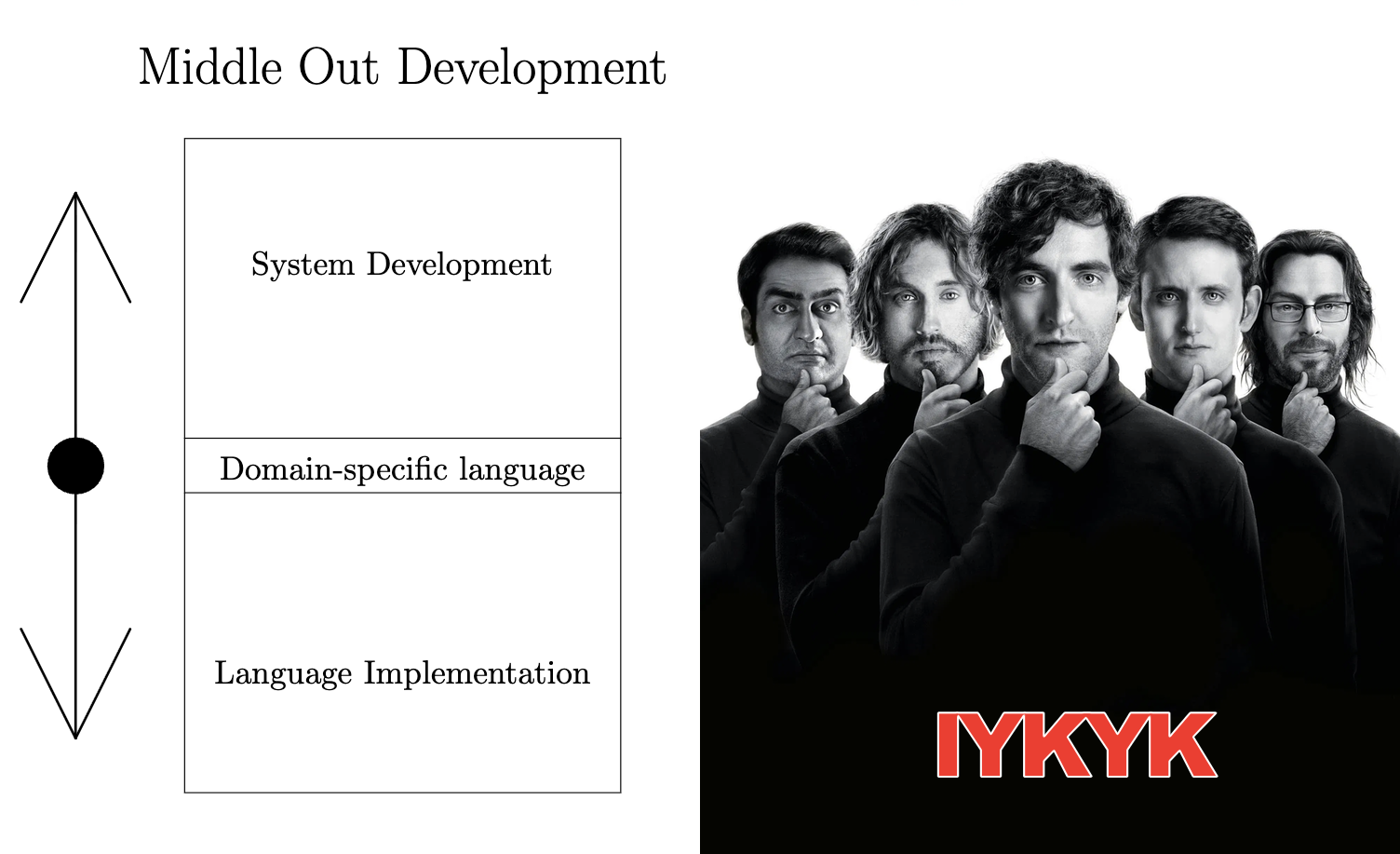Are thrill-seeking kids like birds, deterred by metaphorical spikes on the roof? In late October, the M.T.A. did install barriers—vertical pads made of hard rubber—in between cars on some trains operating on the 7 line, restricting climbing routes. These experiments in design cannot obscure the fact that the problem has mostly been handed off to the police. This year, the N.Y.P.D. has arrested more than a hundred and twenty people on suspicion of riding outside a subway car. Just two days after Ebba and Zema died, the N.Y.P.D. released a thirteen-second clip, on Instagram, of a thwarted surfing attempt: in the video, two people peel themselves off the exterior of a parked train car, rushing inside quickly, as if spooked. The police produced the footage via drone; it is part of the “Drone as First Responder” program, brought about by the police commissioner, Jessica Tisch. (One of Tisch’s early gigs for the city was inaugurating the N.Y.P.D.’s office of information technology.) The drones are meant to be a “force-multiplier,” in the public-safety deputy Kaz Daughtry’s words, augmenting the already-increased police presence on the subways. They also make this presence more disembodied, more ambient.
Adams calls the arrests of surfers “saves” or “rescues.” He is right that the arrests potentially save lives. But it is also true that his administration is wrapping invasive surveillance in the apolitical packaging of saving teen-agers from their addled selves. The question of safety on the subway—a question that brings to light ugly and duplicitous programs of purported civic cleanup, of the expansionism of Ed Koch and the hostilities of Giuliani—had been framed by two explosions of violence in the wake of the pandemic: the Sunset Park shooting, and the killing of Jordan Neely. The violence that the surfer does, meanwhile, is to themselves. It is criminalized, typically as reckless endangerment, but isn’t categorized in the minds of normal people as a social crime. The drones provide Tisch’s larger surveillance operations—which include the herding of more than a thousand underaged, overwhelmingly Black and Latino New Yorkers into gangs within a “Criminal Group Database”—the sheen of the benign. (She is also pressing for a repeal of “Raise the Age,” the state law that keeps kids under eighteen out of adult court.)
Demetrius Crichlow, the president of N.Y.C. Transit, is a third-generation transit worker. Last year, after nearly three decades working at the M.T.A., he got the post running the subways and buses, making him second in authority only to Janno Lieber, the head of the M.T.A., who took over the top position after Andy Byford, the begged-for savior of our drowning subways, left angrily under former Governor Andrew Cuomo. Crichlow contrasts Adams’s pathological swagger with an air of paternal angst. After the deaths of Ebba and Zema, Crichlow warned, “Getting on top of a subway isn’t ‘surfing’—it’s suicide.” And what else is it?
In my teen-age years, I spent two to three hours a day on the subway. It was a borderline space, literally transitory, just short of a place. I remember feeling, in the subway, that we teen-agers had an extortionate sway over adults, who shrank out of annoyance as we spread ourselves in the cars but shrank, nonetheless. We were free to be bad in the subway because it was an authority desert between home and school. There was an unspoken exhibitionism to the way we slouched as close to the platform’s edge as possible while waiting for the train, forcing ourselves not to flinch when the express car careened into the station. What was popular back then wasn’t so much riding on the roof as riding in between cars. I couldn’t do it; a cousin of mine had died, one January morning, after being struck by an E train in Queens. But, with a mix of jealousy and attraction, I watched my friends be jerked from side to side, feigning stone-face. And we were nothing. I knew kids who could travel miles through the subway tunnels, their knowledge of the system so complete.
Eyewitnesses on the J recall seeing a group of kids with Ebba and Zema before their fatal ride, presumably hyping the girls up. For a few days after their deaths, their social-media accounts were still accessible. It was excruciating to watch the videos they had left, a sort of living trail to their annihilation. A P.O.V. video shows the cavity of a tunnel receding at high speed, meaning that the girl filming must have been hanging off the exterior of the last car of a moving train. A girl lies on tracks in another one; someone must have been down there with her to get the shot. A lot of the innards of decrepit and abandoned buildings, a lot of captures of the nighttime, filmed atop scaled bridges, all filmed shakily. This is a double adrenaline rush: the danger of the act itself, and then the gratification of uploading proof. Recently, New York City added a suit to the dozens that have already been lodged by local governments against social-media companies such as Meta, which owns Instagram, and Bytedance, the owner of TikTok. The city claims that social media has launched a youth mental-health crisis, and that the undifferentiation of algorithmic logic has brought surfing videos to the fore. (Social-media companies have, in years past, collaborated with the city by flagging videos.) In filing the suit, the city was following the lead of Norma Nazario, who, in 2024, sued TikTok and Meta for the wrongful death of her fifteen-year-old son, Zackery, who died surfing, claiming that algorithms encouraged her son to become addicted to the act. Meta and TikTok have petitioned to have the suit dropped; the courts have thrown these petitions out.
.png)



